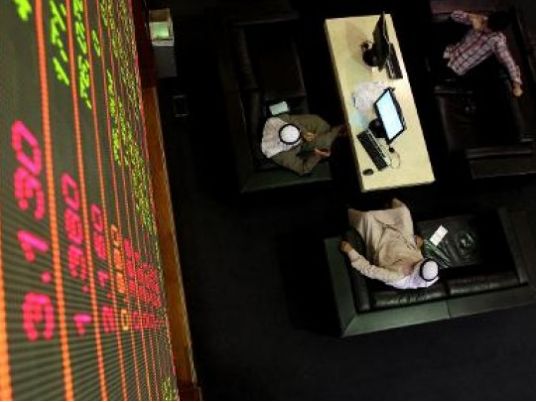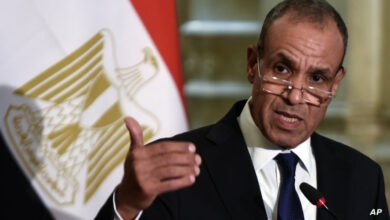
Middle East bourses fell sharply on Thursday as investors cashed out after Brent crude oil slipped below $30 a barrel and global markets resumed selling off.
The Saudi index tumbled 3.3 percent to close at 5,838 points, its lowest finish since March 2011, after a heavy wave of sales in the final hour of trade.
Traders said margin calls added to the pressure, especially in smaller-capital stocks favoured by local speculators. Most insurance stocks, which are generally illiquid and therefore harder to exit, nosedived more than 6.0 percent.
Petrochemicals were also a drag on the index, with the sector's sub-index tumbling 3.1 percent. Saudi Kayan Petrochemical sank 8.7 percent after it reported a net loss for the fourth quarter – its largest since it listed in 2007, according to a note by NCB Capital.
The company is an affiliate of Saudi Basic Industries Corp (SABIC), whose shares fell 2.2 percent.
Major lenders National Commercial Bank and Banque Saudi Fransi gave back early gains and fell 1.7 and 2.2 percent respectively, even though their quarterly earnings beat analysts' forecasts.
But food producer Halwani Brothers climbed 2.5 percent after reporting a 63 percent rise in net profit.
In Egypt, mass selling by global and regional fund managers, which started at mid-session on Wednesday, extended into Thursday's session.
The index sank 5.6 percent to 5,858 points, its lowest level since October 2013. Investment firm Qalaa Holdings was down 8.3 percent at 1.22 Egyptian pounds, a record low.
"Foreign investors are exiting their positions and this is causing panic," said a Cairo dealer.
To a large extent, Egypt is simply being caught up in a broad emerging market downtrend. But investors are also concerned about the risk of a currency devaluation this year, as the country's foreign reserves remain perilously low, and by disappointing growth.
The economy is set to grow 4.1 percent this financial year, marginally weaker than the previous year and short of the government's target, according to a Reuters poll of analysts published on Thursday.
UAE, Qatar
United Arab Emirates blue-chip lenders listed on the Abu Dhabi exchange, which have yet to report earnings, retreated with First Gulf Bank and Abu Dhabi Islamic Bank down 2.7 and 3.2 percent. Both lenders closed at multi-year lows.
The index retreated 1.6 percent to 3,955 points, its lowest close in 13 months.
Dana Gas, the largest listed energy company on the exchange, tumbled 4.1 percent and was the most traded stock. On Tuesday the company said it planned to slash its head office workforce and continue to invest in Egypt, where it expects a boost in production.
Dubai's benchmark plunged 3.6 percent to 2,815 points, its lowest close since November 2013, in the heaviest trade this year.
Construction firm Arabtec sank 9.5 percent and was both the worst-performing and most traded stock on the exchange. Builder Drake & Scull traded down 6.3 percent.
In Qatar, the Gulf's largest lender, Qatar National Bank , edged up 0.2 percent after it reported a 5.3 percent increase in fourth-quarter net profit to 2.58 billion riyals ($708.6 million). The average forecast of three analysts polled by Reuters had been for a profit of 2.74 billion riyals.
"Loan growth was very high while the quarter-on-quarter increase in the cost of funds is minimal given the tightening liquidity situation in the Qatari banking sector," said a note by Kuwait's NBK Capital. Its analysts maintain their "buy" recommendation for the stock.
However, the Qatari index tumbled 2.3 percent to its lowest close since September 2013 in the heaviest volume this year. Three-quarters of the stocks fell more than 2 percent.




